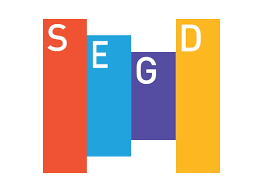ARCHIVE: Category Archive for: Signage Regulations
In A Nutshell: Boston Redevelopment Signage Requirements
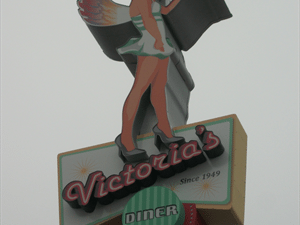
The Boston Redevelopment Authority recognizes that storefronts and signage significantly shape the character of a given district. To help control and improve that character, the BRA and the City of Boston have enacted regulations and established guidelines for the city as a whole, and for many special districts. The idea is to help ensure that storefronts and signage complement their local neighborhoods. Nevertheless, every effort is made to allow individual business owners to effectively promote their goods and services, and also to express their individuality and creative ideas. Over the years, Metro Sign and Awning has developed a good deal of expertise and experience in working with the various regulatory agencies, helping business owners, architects, and developers to realize their
Issues in Sign Illumination
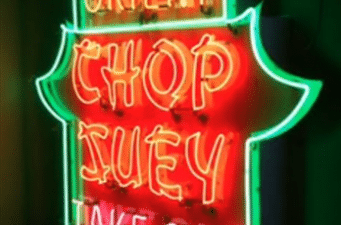
It’s understandable that local communities would want to regulate the signs that businesses install. City residents are naturally interested in maintaining high standards regarding community appearance and aesthetics. The problem is that local codes can easily become overly restrictive, and inadvertently prevent business owners from advertising in legitimate ways, particularly as technology and community standards change. Sign lighting is one of the most problematic issues within this regulatory arena. For example, many communities have regulations that simply assume nighttime illumination of signage is automatically harmful and unsightly. As a result, these communities often enact overly restrictive codes that can negatively impact the community’s economic health, as well as impose unnecessary costs on small business owners struggling to keep their heads
5 Things You Didn’t Know About ADA Signage
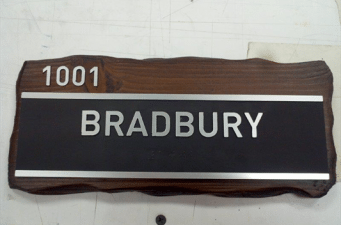
The term “ADA Signs” is now in widespread use among architects, general contractors, developers, and signage experts. “ADA” stands, of course, for the Americans with Disabilities Act. But the term “ADA Signs” is misunderstood almost as often as it is interpreted correctly. For example: 1. A great many people believe that “ADA Signs” refers to those containing Braille symbols for the benefit of people who are visually impaired. That’s like saying elevators are installed in buildings for the benefit of people who are unable to climb stairs. The claim is true, as far as it goes, but it doesn’t go nearly far enough. While signs containing Braille and other raised characters are a highly visible expression of the ADA requirements,
What To Tell Us In Your Request For a Price Quote
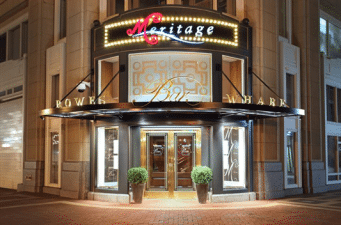
One of the most frequently asked questions from prospects and clients alike is fairly basic: “What information do you need in order to work up a reliable price quote on my next project?” Casting about for new blog topics, it occurred to us that answering that question in this open forum would make for a valuable blog post. It would not only educate avid readers about how to speed and simplify the process of obtaining a meaningful price quote, but it would also serve as reference material to which we could point newly interested people who need to know this answer. So let’s start at the very beginning: Step 1: You realize you want some kind of signage. Step 2:
Complying with the Americans with Disabilities Act

The Americans with Disabilities Act (ADA), which first became the law of the land in 1991, has made incalculable improvements in the lives of countless people. More recently revised in 2010 and made mandatory as of March 15, 2012 for virtually all new construction and renovations, the ADA has resulted in a system of “best practices” that make it possible for disabled persons to access and enjoy an extremely wide range of public and private built environments. Many people think the ADA just requires Braille on certain signs, but it’s considerably more comprehensive than that. Compliance can impact a great many of your project’s signage (and design/construction) specifications. Unfortunately, the ADA’s requirements are sometimes ambiguous. That’s one reason Metro Sign
Interesting Developments in Signage
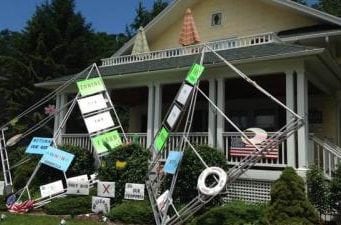
OK. We admit it: we love signs and signage. It’s fascinating. We can’t get enough. And we love to learn more about technology, industry developments, and basically anything that has anything to do with signs. That’s why we’re fascinated by the following stories (and we hope you are too): “Judge Rules … Signage Rules … Unconstitutional” It’s far away, but Saugutuck, MI, is the location where a county judge recently decided that restrictions on signage are unconstitutional! Basically, a couple of homeowners posted signs declaring their opinions on a very large number of matters (see accompanying photo). Neighbors objected, and the case found its way to court. The result? Now there’s a new precedent that gives property owners virtually unlimited
Lightweight Monument Signs

Monument signs have a great look: solid, substantial, historic, even permanent. Such three-dimension constructions have a long history, having been made for generations from stone, earth, and other long-lasting materials, and more recently from semi-permanent materials such as concrete, stucco, and brick. But you’d be surprised to learn how easily we can achieve that look with lightweight, low-cost materials and processes. Today, monument signs can be fabricated “to order” from man-made materials that give that permanent look while being lighter, easier, and cheaper to fabricate, transport, and install. Modern Materials; Venerable Look These modern monuments often begin with a solid core of molded expanded polystyrene or something similar, bonded onto one or more vertical PVC pipes that will later provide
Inside Metro Signs – Elena Berry, Director of Business Development

Signs may be in her blood. Elena started her career managing national accounts at a small sign company in Haverhill, MA, before moving to another sign company in Hudson, NH. Polishing her skills and learning the business, she pined for an opportunity to combine national accounts marketing with business development and trade show action. Just about the time she began to feel confined, she learned of an opportunity at Metro Sign and Awning, and leaped at it. It was a perfect fit. Elena was looking to flex her marketing muscles, and Metro Sign was looking to grow. “We have great people in all the right positions, ” she explains, “and I have all the tools to create my own success.
Much-Needed Signage Facelift For Daikayama Restaurant
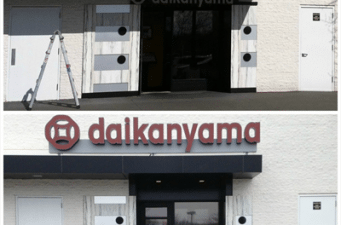
As Shakespeare wrote (Act II, Scene 2, “Romeo and Juliet”): “What’s in a name? That which we call a rose by any other name would smell as sweet.” But Shakespeare never met a modern consumer, beset on all sides by a wide variety of choices and aggressively courted by all manner of tempting offers. In today’s economy, the right name can make all the difference between one type of flower that sits unappreciated on a shelf somewhere and another, very similar, type of flower that shows up in every suitor’s hand as he nervously rings the doorbell of his beloved. While Shakespeare had some reason to believe in those simpler times that names didn’t really matter much, the Bard of
Getting Permits for Business Signs
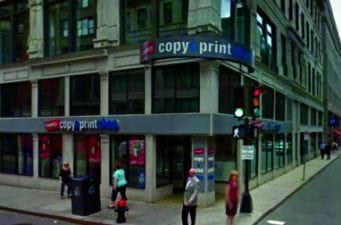
Pretty much any sign you can think of, we can make for you. But that doesn’t mean you can get government approval to place that sign where you want it. In fact, the process of getting approval for business signage is a lot more complex than you probably imagine. It involves dealing with many different departments, agencies, and governments – depending on where you plan to place the sign – and it also involves meeting a myriad of specific limits, requirements, and standards that may or may not seem entirely sensible to you. In Boston, just to begin somewhere, the approval process requires that we submit an application to the Boston Redevelopment Authority for what they call their Comprehensive Sign
Categories
- ADA
- Architectural Signage
- Awnings and Canopies
- Branding
- Colleges and Universities
- Community
- COVID-19
- Curated Content
- Customer Spotlight
- Customers
- Deep
- Design/Build
- Digest
- Digital Signage
- Eco-Signage
- Electronic Message Centers (EMC)
- Enclosures
- Exterior Signage
- Fabrication
- Freestanding Signs
- Fun
- Functional Signage
- Green
- How Much Does a Sign Cost
- Industries
- Inside Metro
- Interior Signage
- Legacy
- Legacy-EA 2.0
- Metro Sign
- Metro Sign & Awning
- New England Signs
- Newsletters
- Original Posts
- Others
- Partners-Developers-Contractors
- Professional Signage Installation
- Publications
- Residential Signage
- Sign Design
- Sign Renovation
- Sign Types
- Sign Warranty
- Signage Regulations
- Signage ROI
- Signage Tips
- Vehicle Wrap
- Wayfinding
- Window and Door Graphics
Recent Posts
Tags
Copyright 2022 MetroSign and Awning, All rights reserved | Privacy Statement | Terms of Use
